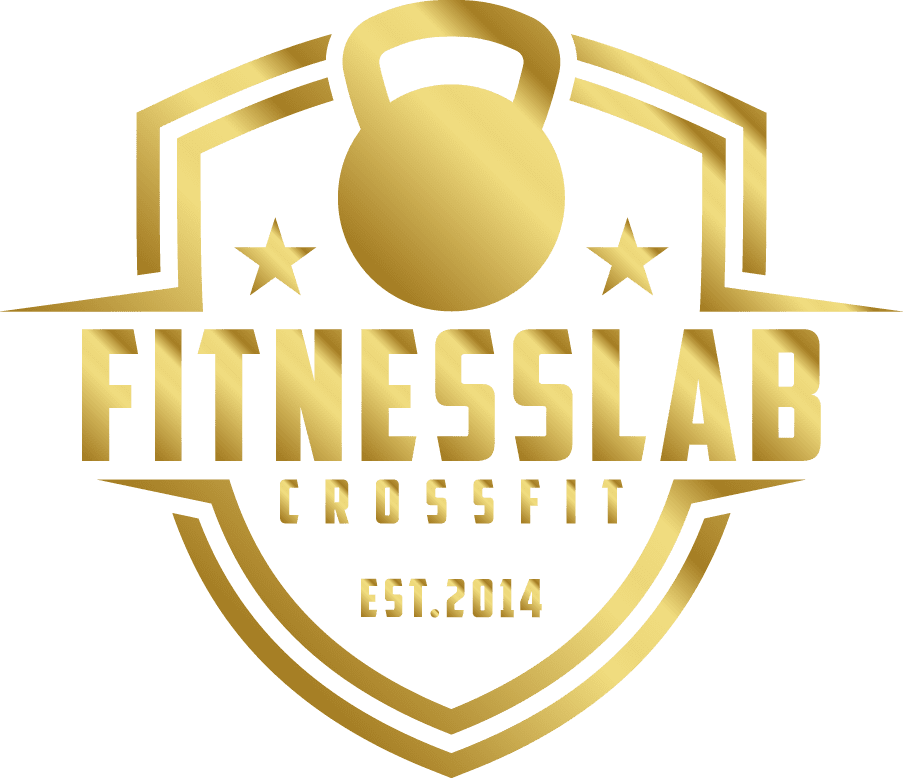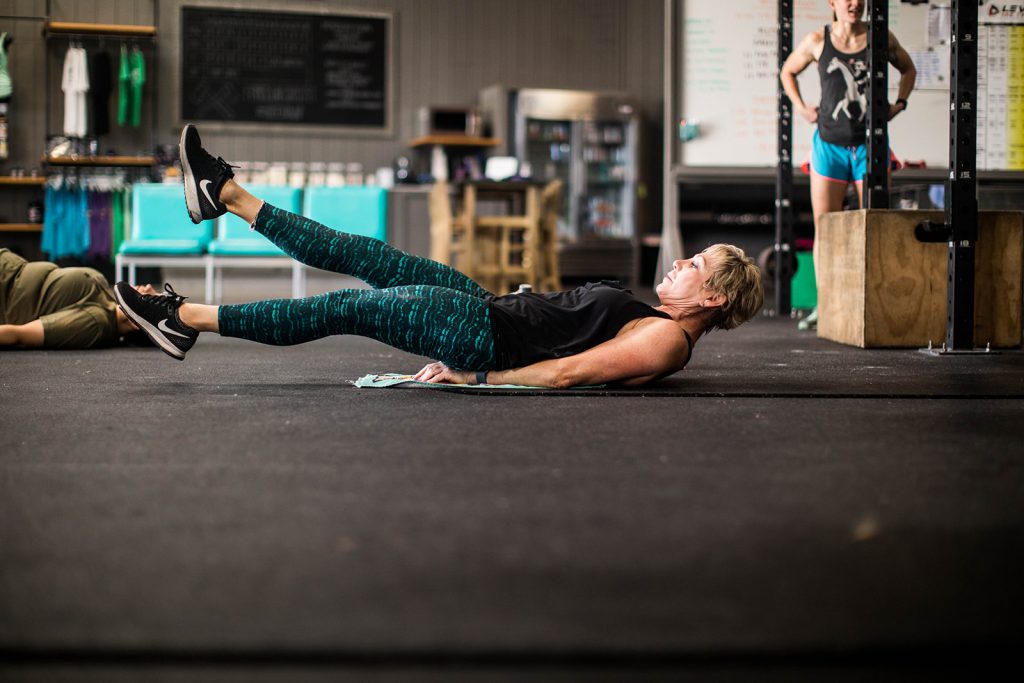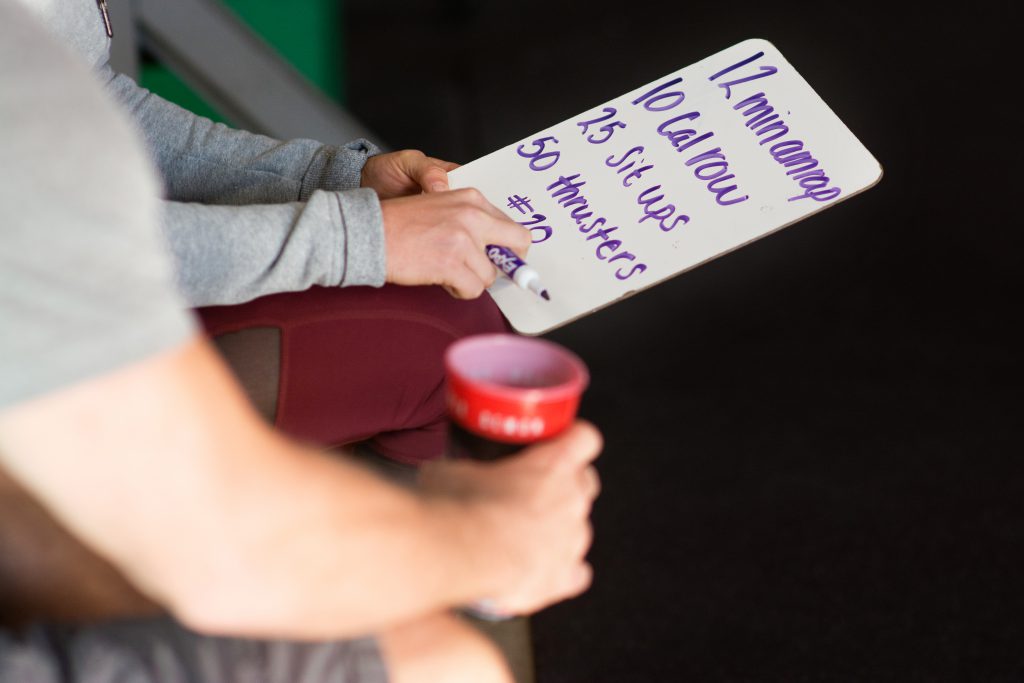So, what’s the best way to train to lose weight? Is it jogging? High-intensity interval training? Swimming? Resistance training? A combination of different training protocols?
Let’s find out!
First Thing’s First: Do You Really Want to Lose Weight?
Or do you want to lose fat?
Here’s the thing: high levels of body fat is bad for you, regardless of your weight. It’s been linked to all sorts of dangerous medical conditions, such as diabetes, heart disease, and hypertension.
In contrast, having more lean mass is good for you, also regardless of what the scale says. It doesn’t only boost your metabolism, but also makes you physically stronger. Of course, the increased attractiveness doesn’t hurt either.
So, stop worrying too much about the numbers on your weighing scale. If you’re going to lose anything, lose excess fat and replace it with more lean muscle mass.
And with that said, here are six tips to help you get started:
Tip #1: Lift Heavy
Again, the more lean muscle you have—which you get from lifting heavy—the more calories you burn both during training and while at rest. That ‘while at rest’ part is crucial because it means you get the benefits of your workouts even when you’re just chilling at home.
Of course, lifting heavy weights would also help you burn significantly more calories than lifting light weights.
But just how heavy should you go? Well, that would depend on your experience level.
As a general rule, if you’re a beginner, it would be a good idea to shoot for a weight that you can lift for eight to 12 reps. On the other hand, if you’re a more experienced lifter, then anywhere between one and 12 reps could do wonders for you depending on your specific goals.
Need help designing a training protocol that would help you build muscle and torch fat fast?
Book a free trial class at [Gym Name] now to get started!
Tip #2: Cut Your Rest Periods Short
Another great way to torch more fat during training is to keep your rest periods between sets under 90 seconds. This should keep your heart rate elevated throughout each training session, which, in turn helps you burn more calories.
Needless to say, though, by not giving your body enough time to completely recover between sets, you’re compromising your ability to perform at your highest level—which is perfectly fine in this case because the goal is to burn as much fat as possible, not set personal records for strength.
Tip #3: Try Circuit Training
Another way to burn more calories while working out is to do some kind of circuit training where you do one exercise after another for a predetermined amount of time without stopping.
You only get to rest after you complete all the exercises on your list, and then you do the whole thing again another five to 10 times depending on the number of exercises you have to perform per round.
Tip #4: Explore Supersets
Another great way to keep your heart rate up during your workouts is to incorporate supersets into your program.
Simply put, supersets are just two exercises performed back to back with no rest in between. They’re typically performed with antagonistic muscle groups, such as the chest and back, quadriceps and hamstrings, and biceps and triceps so you can keep busting out reps right after you finish one set.
The downside, however, is that since you’re completely eliminating the rest period between two exercises, you won’t be able to lift as much weight as when you wait until you’re fully recovered before starting the next set.
But, again, the goal here is to burn as many calories as possible, not crush any weightlifting records, so you shouldn’t really worry about that.
Tip #5: Stick With Compound Exercises
Compound movements like the squat, bench press, deadlift and pull up not only allow you to lift much heavier weight than isolation exercises like the bicep curl and leg extension, they also work several muscle groups at once. The result? You burn more calories in less time.
If you’re not convinced, try doing a set of leg extensions, rest, and then do a set of squats. See which exercise is more tiring.
But that increased calorie burn is just one of the benefits of compound lifts. They’re also great for building serious strength.
Of course, the stronger you are, the heavier you can lift. The heavier you can lift, the more lean mass you can build. The more lean mass you have, the more calories and fat you burn while training and at rest.
Bonus Tip: Get Your Nutrition On Point
At the end of the day, though, eating slightly fewer calories than you burn is still the easiest way to lose weight in the form of fat.
Think about it. Which approach would be easier: adding more training sessions per week and working out longer and harder each time or cutting a few calories out of each meal? It’s obviously the latter, right?
Let’s say you eat four meals a day. Even if you only cut 50 calories per meal, you’ll still end up cutting 5,600 calories per week without even noticing it. The caloric difference per meal would be so small that there’s no way you’ll ever feel deprived—and that’s exactly what makes this approach way more sustainable than just working out more.
But don’t forget to switch to more wholesome foods too because junk food is known to cause cravings and all sorts of hormonal issues.
Why No Cardio?
Don’t get us wrong. You should do cardio, but do it to build endurance and keep your heart healthy, not to lose fat because it’s not really suited for that.
A 73-kg person, for instance, would only burn about 250 calories jogging at a moderate pace for half an hour. That’s not even enough to burn off a single Big Mac. And once the activity stops, the fat burning benefit of cardio stops too—unlike with resistance training.
It’s All About Turning Your Body Into A Fat-Burning Machine
Losing weight in the form of fat has more to do with what you put in your mouth than what you do in the gym. But that doesn’t mean you can’t tweak your training to make it more conducive to fat loss.
As a general rule, as long as you focus on building more lean mass and keeping your workouts intense enough so your heart rate stays elevated throughout each session, you’re on the right track.
Ready to start working out to lose weight? Schedule a FREE intro today!



